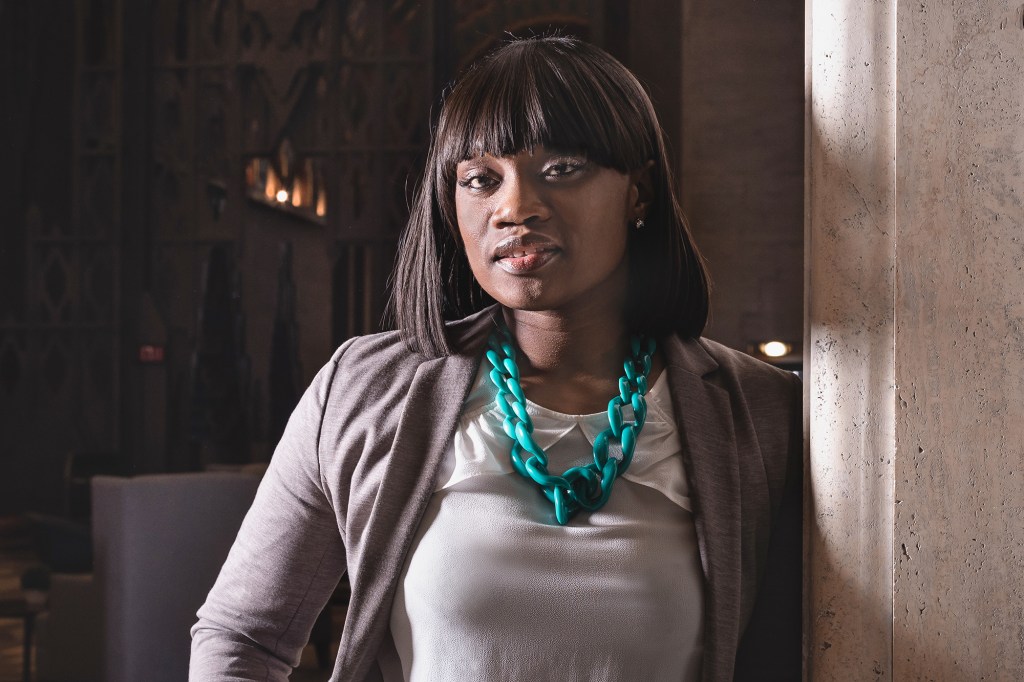Liz Ogbu defines her design philosophy as being in direct contrast to the transactional “box-checking” approach that typically characterizes how architects work with communities. She returns to one question again and again: “How do you engage people who don’t have a seat at the table and think about them as co-designers in the process?”
It’s a difficult question. Ogbu says she often feels like she has two clients—the one paying and the one using the space she’s helping design. “In most of my projects, it’s the wrong problem outlined in the brief,” Ogbu says. “You can only right-fit it by talking to people.”
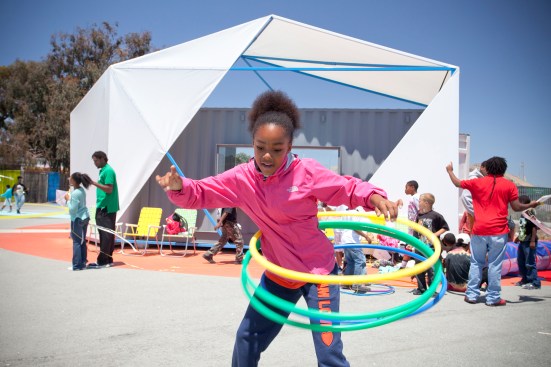
Anne Hamersky
Liz Ogbu's NOW event space in Hunters Point
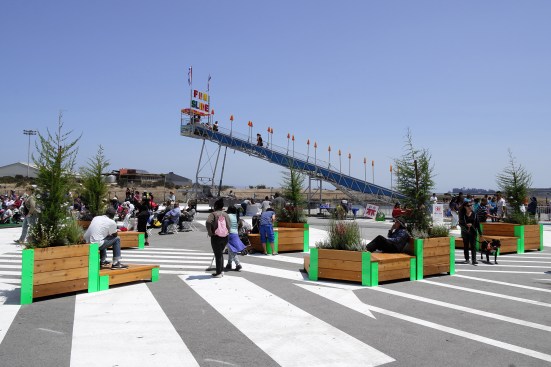
Envelope A&D
The NOW space
Ogbu first studied architecture at Wellesley College in the mid-’90s, where architectural historian Alice Friedman encouraged her to design her own major. In addition to taking studio courses at MIT, Ogbu studied sociology and economics. She completed her master’s in architecture at the Harvard Graduate School of Design, and then worked for a couple of nonprofits—Public Architecture and Ideo.org— before launching her own practice in 2012.
She tends to partner with other design firms to facilitate intense, long-term collaborations between residents and clients. “Liz Ogbu uniquely and bravely uses design to do the hard work of community healing, by acknowledging buried pain and trauma that is too often overlooked,” says John Cary, author of Design for Good.
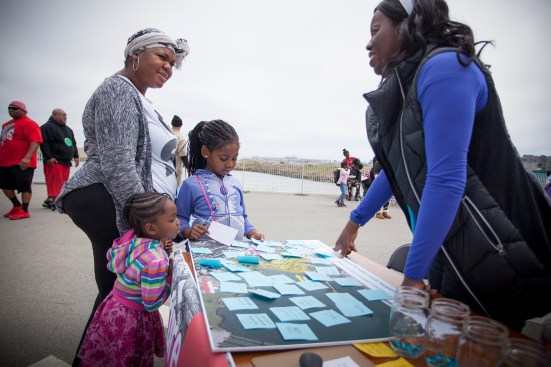
Anne Hamersky
The NOW space in Hunters Point
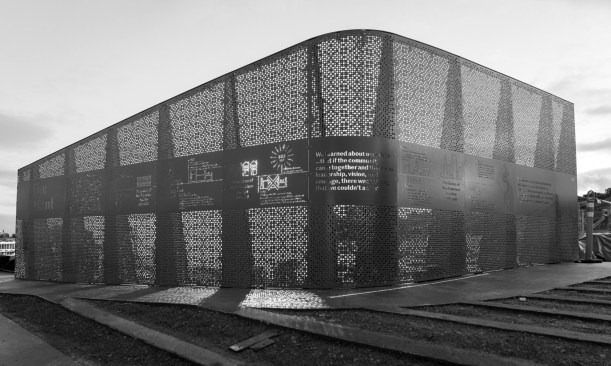
Envelope A&D
The NOW space
Ogbu is currently part of a team that’s reimagining a 32-acre stretch of concrete in a historically working-class, African-American community in San Francisco, left empty when Pacific Gas and Electric Co. dismantled a power plant. Ogbu oversaw a series of in-depth conversations with residents, over multiple years, that led to the design of a temporary event space on the site and the creation of a new public shoreline trail.
Ogbu hopes her work will spur other architects to re-evaluate how they work with local communities. “When architects look at me, they say, ‘She’s the community engagement person, she can lead a good community meeting,’ ” Ogbu says with a knowing weariness. “But the engagement I do is really a means to an end. We can create better design.”
The Hunters Point project
Ogbu’s TED talk
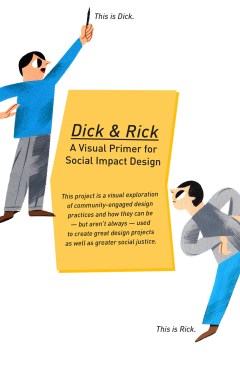
Equity Collective/CUP/Ping Zhu
Images from a pamphlet about social impact design, created by Ogbu in partnership with Equity Collective
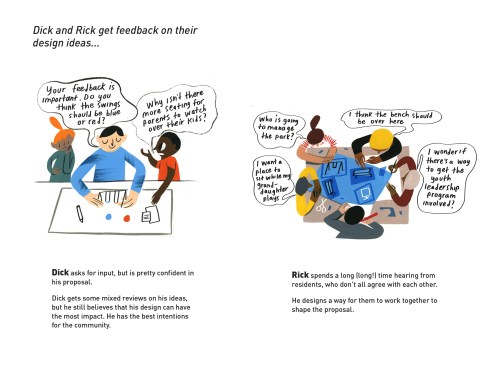
Equity Collective/CUP/Ping Zhu
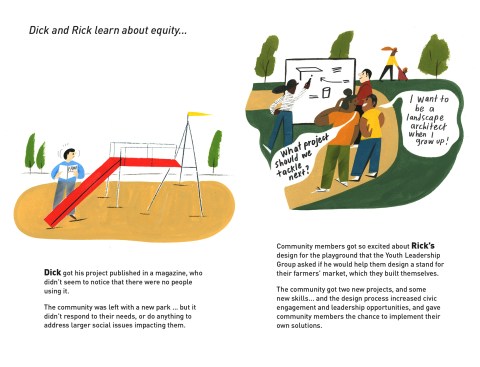
Equity Collective/CUP/Ping Zhu
More Workers in Progress:
-
Bryan Lee Jr. and Sue Mobley, Colloqate Design
“The goal is to establish a system of memory that explores histories that haven’t been part of the main narrative.”
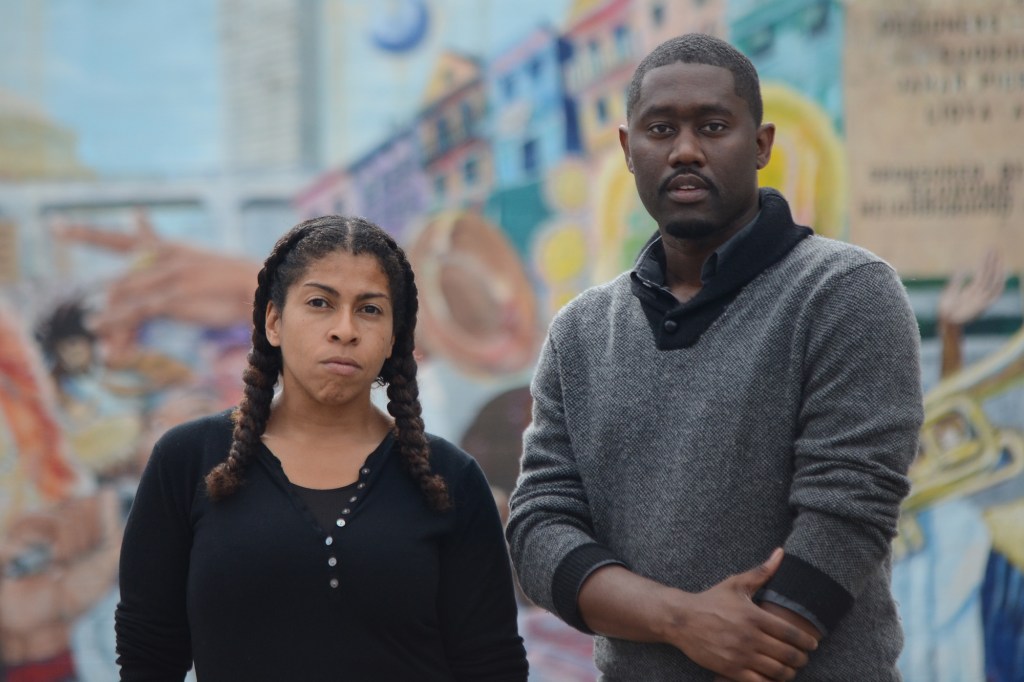
-
Liz Ogbu, Studio O
“In most of my projects, it’s the wrong problem outlined in the brief. You can only right-fit it by talking to people.”
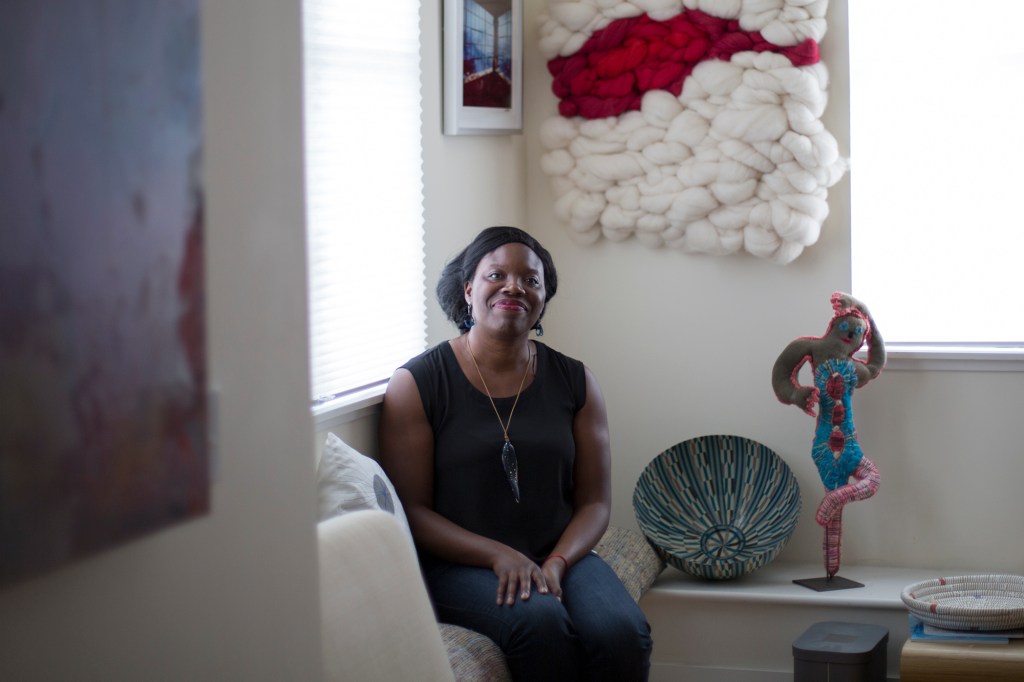
-
Julia Murphy, Skidmore, Owings & Merrill
“We are talking about cultural change and the pace of that is often quite slow. There are certain conversations that we have to revisit often in order to keep goals in sight."

-
Jeffrey Mansfield, MASS Design Group
“You might say that through architecture, I began to understand my own deafness in a broader cultural context, and started to see my own identity as a culturally deaf person as a form of cultural resistance.”
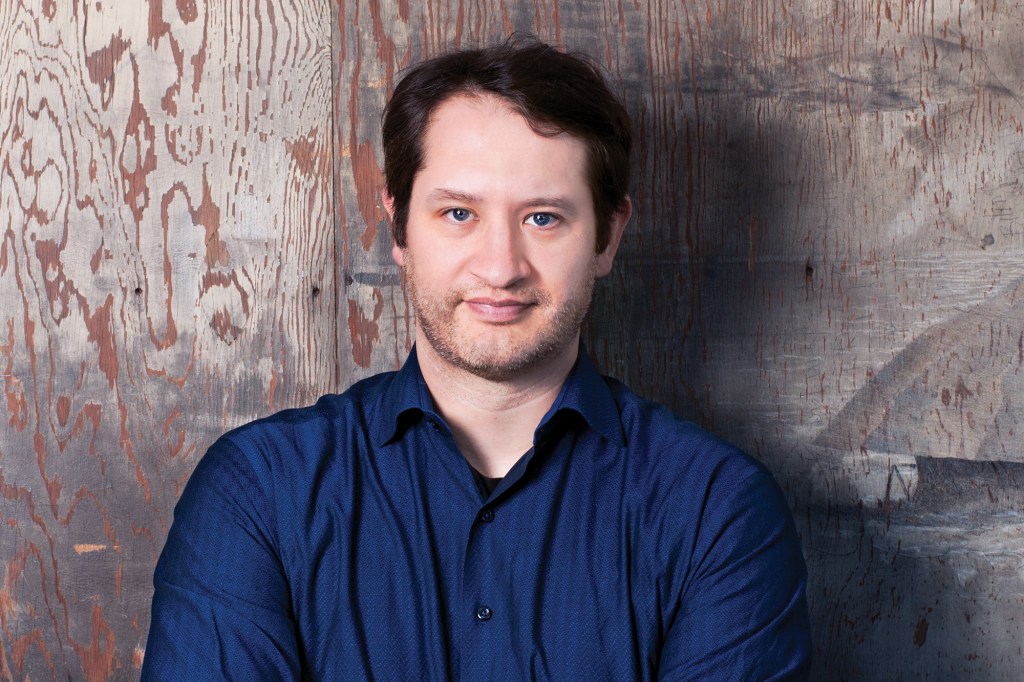
-
Deanna Van Buren and Kyle Rawlins, Designing Justice + Designing Spaces
“Their work challenges the racism of mass incarceration head-on.”
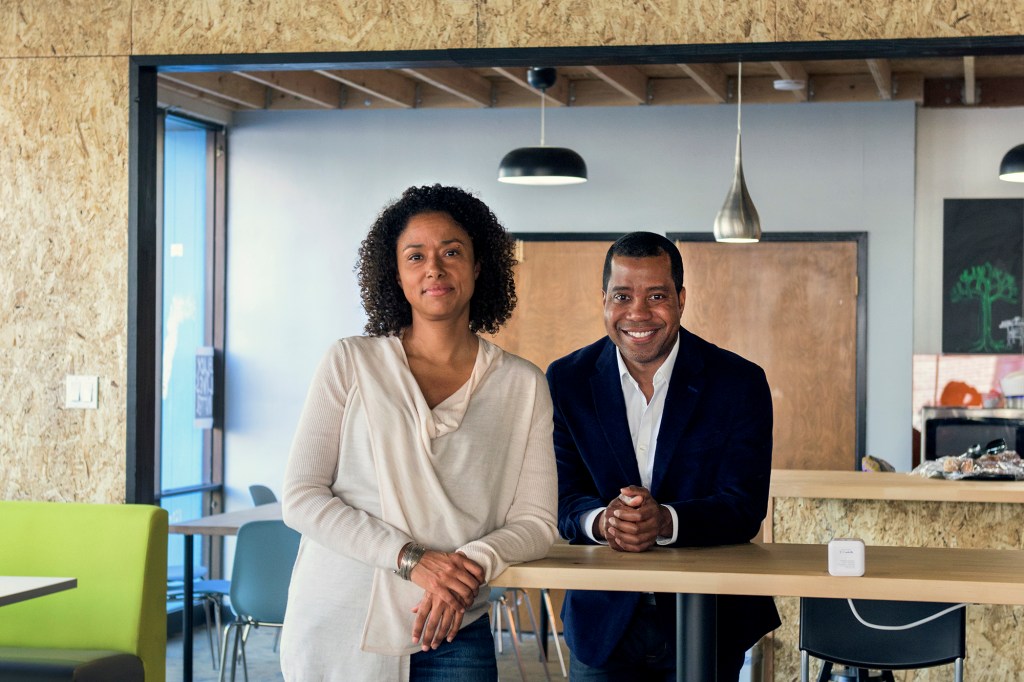
-
Chelina Odbert and Jennifer Toy, Kounkuey Design Initiative
“As much as we love design and love its power, design alone is not enough.”
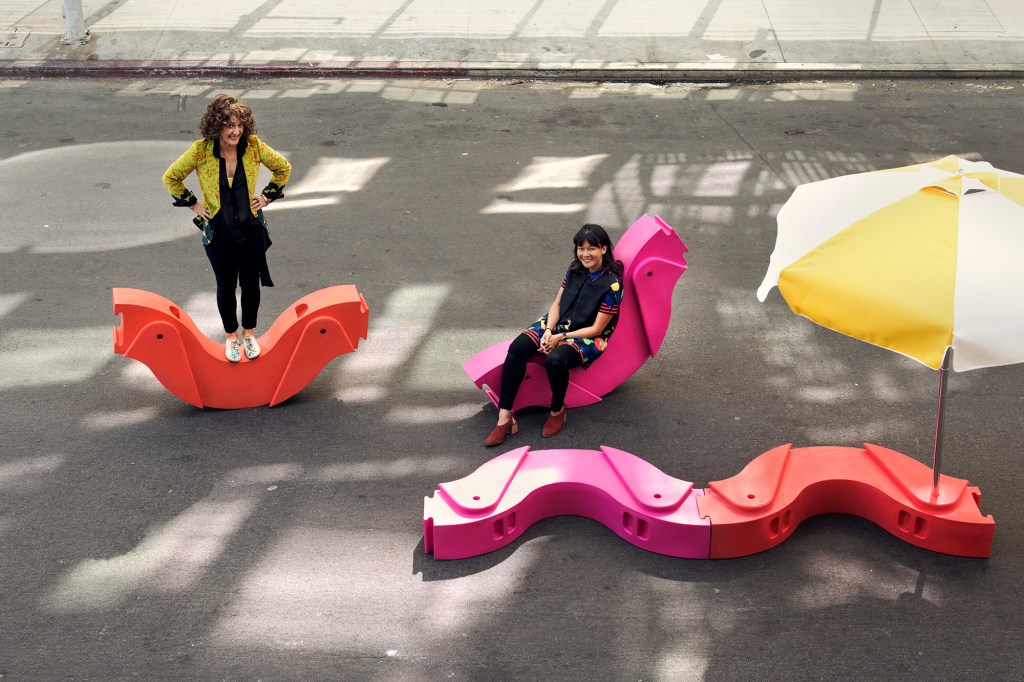
-
Tiffany Brown, Urban Arts Collective
“I want to give everything I have learned to girls who are walking my path. I want to make sure they know it’s up to them to advocate for our communities.”
